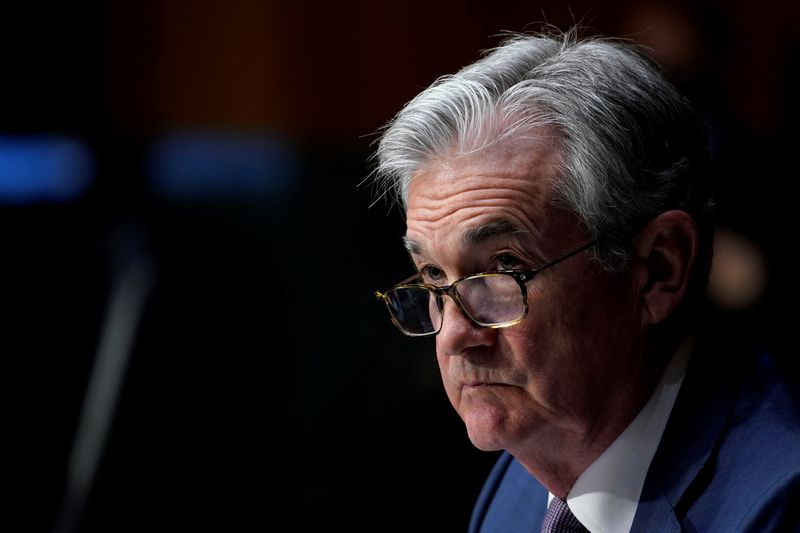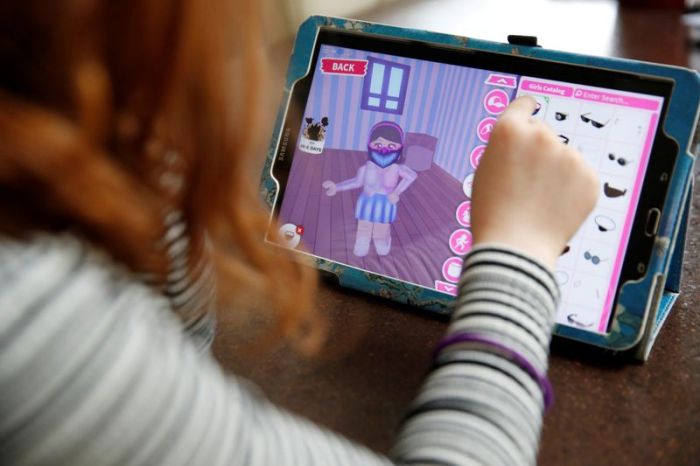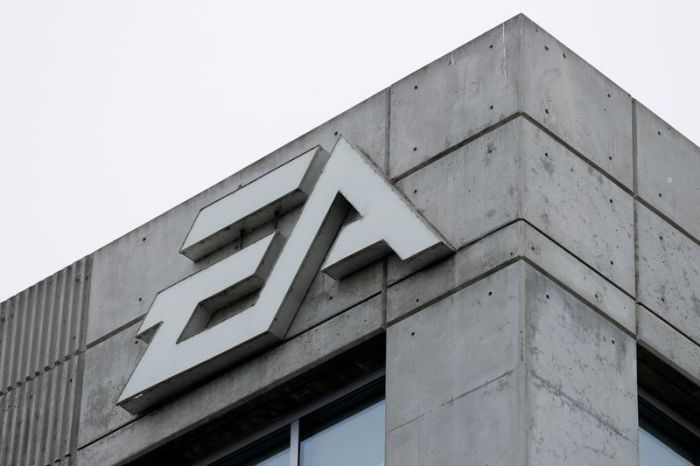WASHINGTON (Reuters) – In about two weeks, at least 9 million jobless U.S. residents are at risk of losing the unemployment benefits that have helped sustain them through the pandemic. Delayed rent, estimated at $70 billion spread among perhaps 11 million families, will start coming due.
It seems a gaping wound, and yet as of September U.S. families had set aside record amounts of cash; bankruptcies outside of major corporations have declined; credit market investors say they see few signs of serious stress; and a coming vaccine may boost the economy’s fortunes in a rush.
When the Federal Reserve meets this week, policymakers will have to reconcile those conflicting narratives as they issue new projections showing whether they think the economy will suffer a double-dip recession or is on the cusp of a vaccine-inspired boom.
(GRAPHIC: Virus explodes, recovery flattens – https://graphics.reuters.com/USA-ECONOMY/REOPEN/nmovadyalpa/chart.png)
The unemployment rate has come down faster and growth through September was stronger than Fed officials projected earlier this year. Yet job growth recently has slowed and the pandemic’s record-breaking surge has raised concern that more business shutdowns and failures may be in the offing.
Meanwhile, early steps like a moratorium on evictions for unpaid rent are also expiring, and “eviction notices are piling up on sheriffs’ desks,” Moody’s Analytics chief economist Mark Zandi wrote, offering a Dickensian view of what may develop unless more government help arrives.
“Mass evictions in the dead of winter and during a raging pandemic will be unbearable,” Zandi wrote, leaving the economy limp as the vaccine arrives rather than coiled to spring back.
QE GUIDANCE COMING
It might seem a recipe for action. Yet Congress remains deadlocked over more federal spending, and most analysts expect the Fed at this meeting to talk a lot but do little. Only a fifth of 43 economists in a recent Reuters poll expect the Fed to ramp up economic stimulus when it meets on Tuesday and Wednesday.
Policymakers are expected to deliver a playbook for what might prompt them to buy more bonds each month or shake up their mix of purchases. Just as important, they are seen offering guidance for what might lead to an eventual decrease in the $120 billion per month of assets currently being accumulated.
But few expect the Fed to expand “quantitative easing” now despite the risks scattered across the landscape.
With interest rates at zero already, bond purchases are the main lever to influence financial conditions, particularly the rates households pay to buy homes and other big-ticket items. Those are already very low, and some argue the Fed is unlikely to do more barring evidence rates are rising on their own and threatening to slow the economy.
Fed officials “seemingly have little appetite for immediate changes,” wrote Capital Economics senior U.S. economist Andrew Hunter, noting recent data have held up “reasonably well.”
“For all the focus on the near-term downside risks to the economy, Fed officials will clearly also have been comforted by the recent vaccine news.”
‘COGNITIVE DISSONANCE EVERY DAY’
Still, jobs growth last month was roughly half what was expected, and a renewed rise in unemployment claims shows the pain continues. Only about half the jobs lost early in the pandemic have been recovered.
The Fed’s position stands somewhat in contrast to the European Central Bank, which recently amped up stimulus in light of the new surge in the coronavirus.
Indeed the Fed is, through no fault of its own, actually pulling back: U.S. Treasury Secretary Steven Mnuchin has ordered several Fed pandemic lending programs to close at year end.
For some, that’s a reason for the Fed to do more, both to thwart risks facing the economy and to bolster its promises about inflation.
The Fed’s August announcement of a new framework to move inflation higher should be followed with steps like increased bond purchases if it wants investors to believe what it says, said Columbia Threadneedle analyst Ed al-Hussainy.
“Fiscal has not materialized. The labor market still is not in a great place … and inflation is in a really bad place. So you have on paper a very strong case to act,” he said. “The risk of waiting … is inflation might settle in the wrong place,” and be that much harder to lift.
The Fed has already pledged to keep interest rates near zero for perhaps years to come and until inflation is convincingly on track to exceed its 2% goal for a while – an overshoot meant to ensure the target is maintained over time.
But beyond that, many policymakers have said they are content keeping bond purchases where they are for now – in part because of the conflicting economic data: Are families about to be driven into the street en masse? Or getting ready to run to the nearest bar and re-book missed vacations as the vaccine rolls out?
“It feels like cognitive dissonance every day,” al-Hussainy said. “You see the numbers – 75% of households have lost income – and it’s horrifying. You look at delinquency rates, spending patterns, savings, you don’t see a recession.”
“When it cascades into a macro problem is the question of next year,” he said. “It is a race between fiscal support and when the labor market recovers with the vaccine.”
(Reporting by Howard Schneider; Editing by Dan Burns and Andrea Ricci)

























